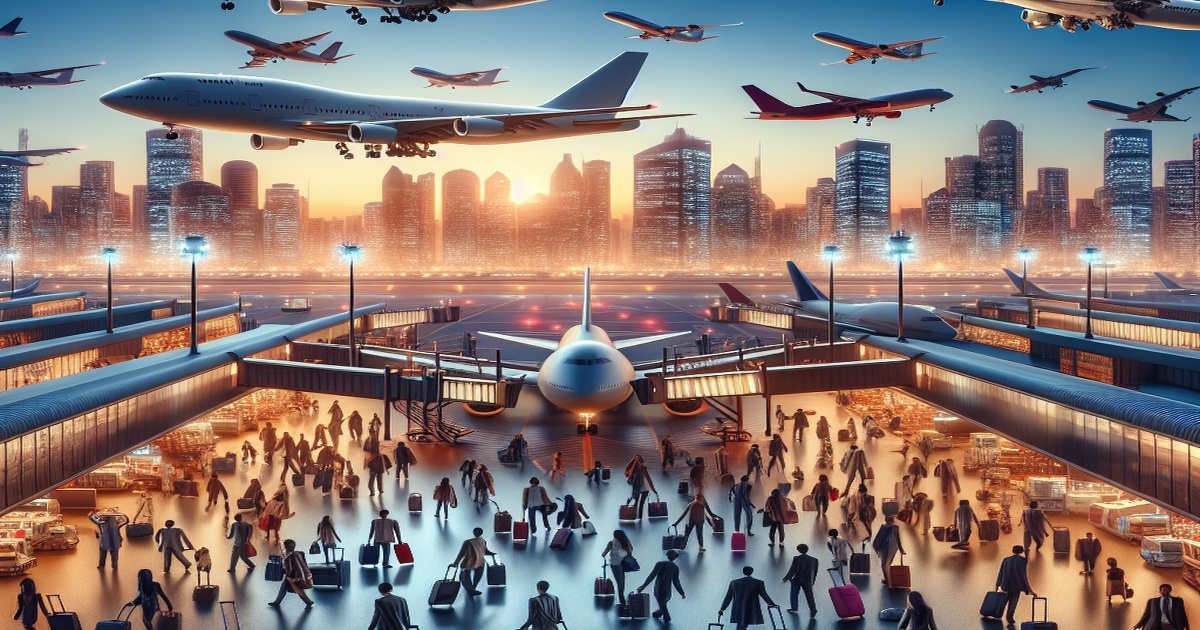Narita Airport to See Increased Takeoffs and Landings
The Japanese Ministry of Transport is planning to significantly increase the number of takeoffs and landings at Narita Airport, marking the first major change in 15 years. This move aims to bolster the airport's position in the face of growing competition from other international airports.
Currently, Narita Airport has an annual cap of 300,000 takeoffs and landings. The ministry is considering raising this limit to 340,000, according to sources. A formal proposal is expected to be presented in late January at a meeting with local governments. If approved, the change could be implemented as early as October 2024.
The last increase in takeoffs and landings at Narita Airport occurred in 2010, when the limit was raised from 220,000 to 300,000. While the number of flights reached around 264,000 in 2019, the COVID-19 pandemic caused a significant decline. However, the figure is expected to recover to approximately 251,000 in the current fiscal year and could surpass 300,000 by 2026 due to strong travel demand.
Under current airport conditions, the maximum capacity is believed to be 340,000 takeoffs and landings, which would become the new limit. Importantly, the current restrictions on late-night flights will remain in place to minimize noise pollution for nearby residents. Instead, the ministry plans to primarily increase flights during the morning and afternoon hours.
With this change, the daily average number of takeoffs and landings at Narita Airport would increase from 724 in 2019 to approximately 900. Once a leading passenger and cargo airport in Asia, Narita's status has declined with the emergence of hubs in South Korea and Taiwan. In 2019, it handled around 36.7 million international passengers, ranking 18th globally, a significant drop from its eighth-place position in 2000.
The government aims to expand the combined annual number of takeoffs and landings at Narita and Haneda airports, designated as metropolitan area airports, to 1 million. However, with Haneda already exceeding its annual limit of 490,000, increasing the capacity at Narita becomes crucial.







6 Comments
Rotfront
This is only going to profit large airlines, not the local economy. We need policies that support small businesses!
Matzomaster
Late-night restrictions might remain, but morning and afternoon flights will still disrupt the lives of nearby residents.
Karamba
I’m supportive of this change! It shows that Japan is open for business and tourism again.
Rotfront
It's good to see that they are keeping noise restrictions in mind while making significant changes. Balance is key!
Matzomaster
This increase could benefit tourism significantly and help Japan's recovery post-COVID.
Bella Ciao
Higher capacity means more international connections for Japan, which is vital for our economy's growth. Let’s embrace it!